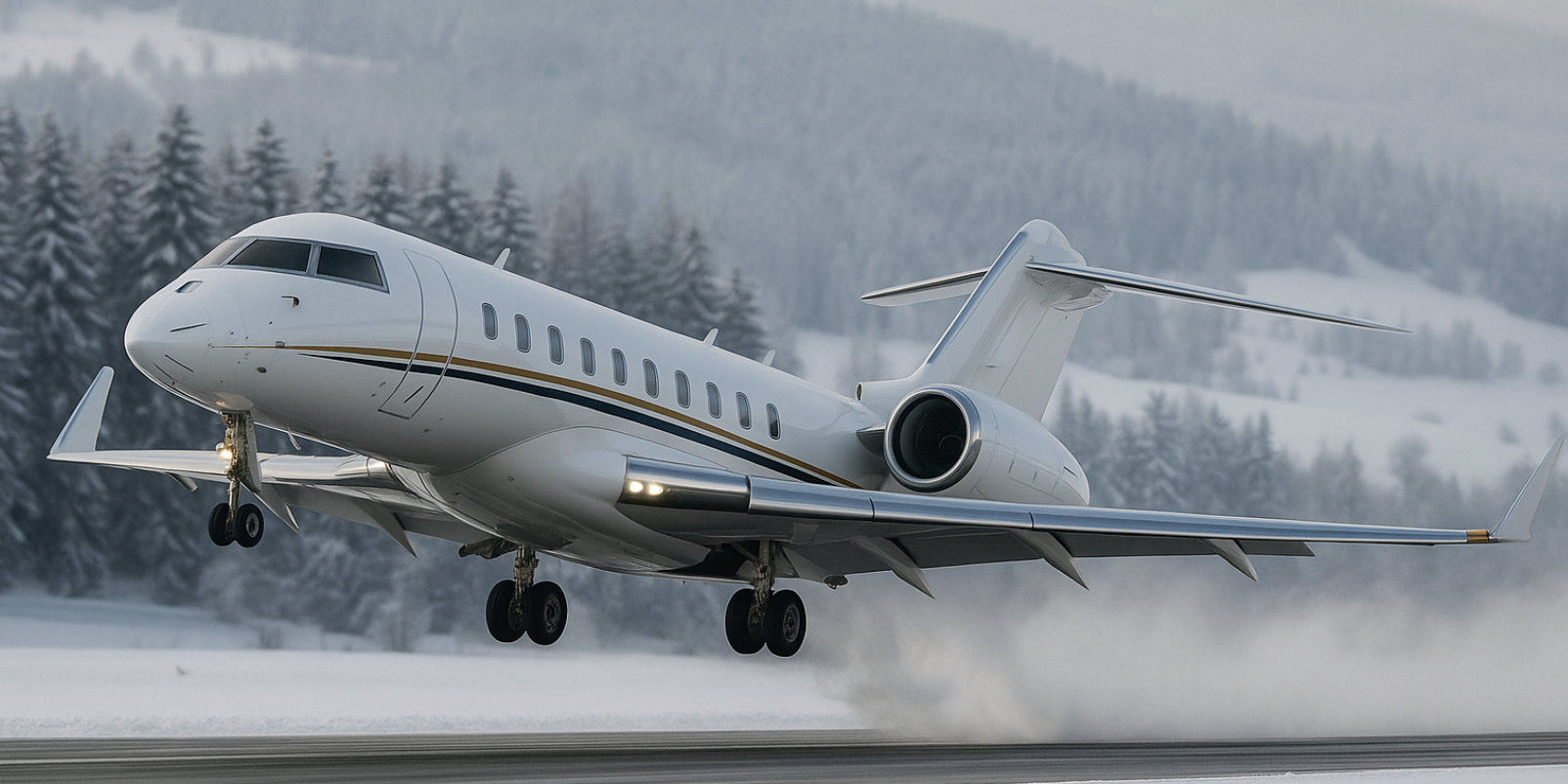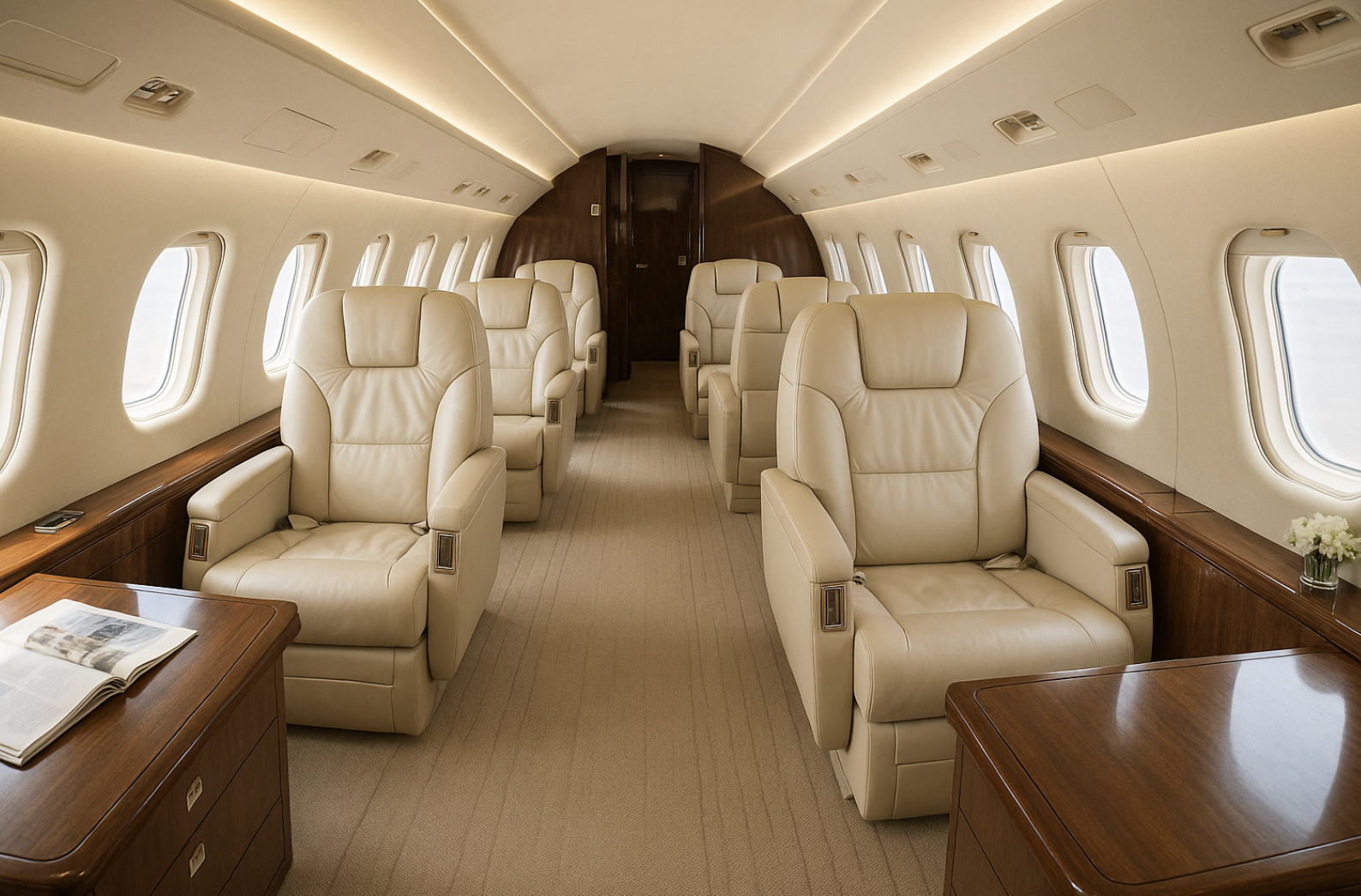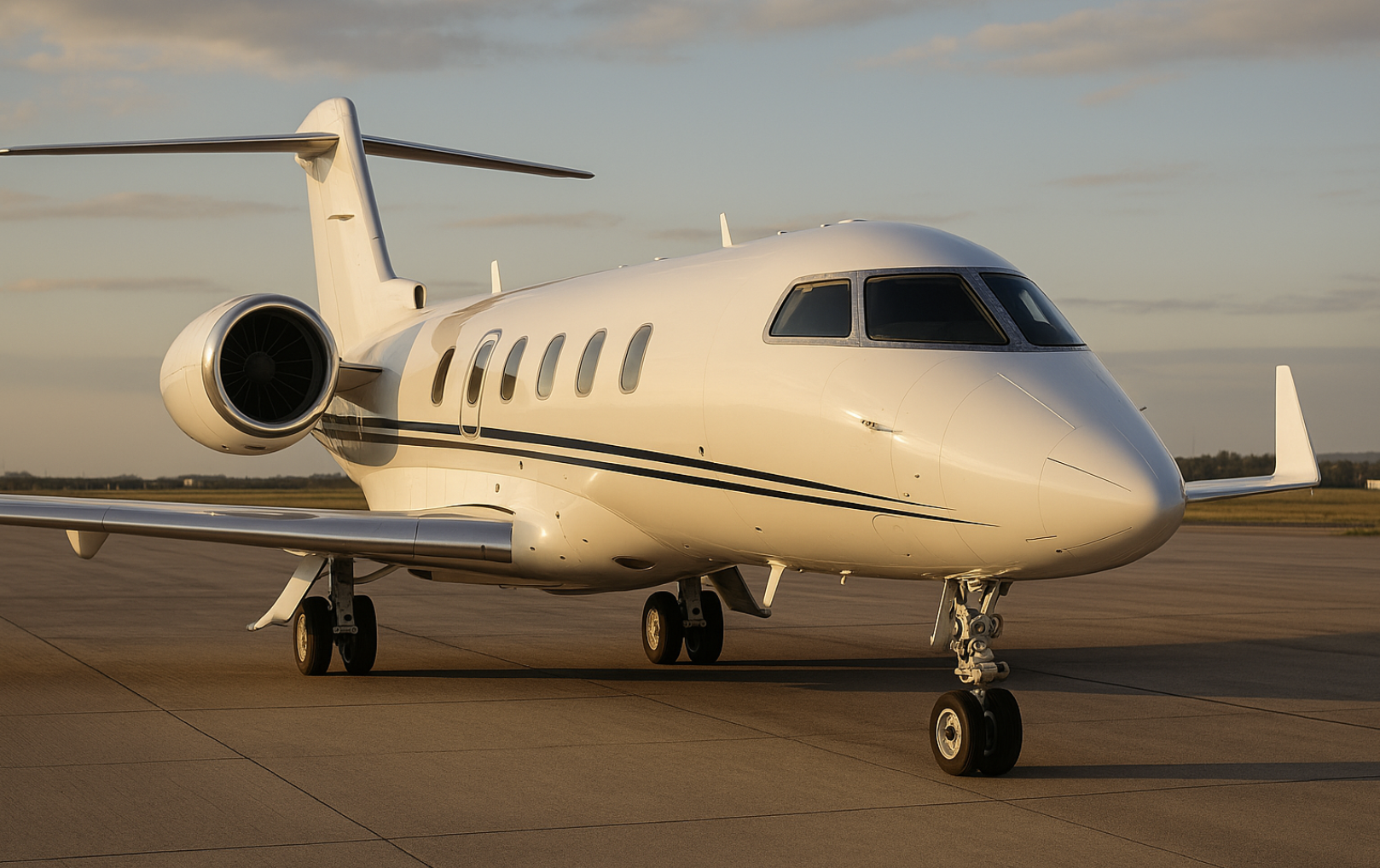De-Icing for Private Jet charters
De-icing is an essential procedure for private jets, particularly during colder months, to ensure safety before takeoff. In regions where frost, snow, or freezing rain occurs, ice can build up on the aircraft’s surfaces—wings, fuselage, and control components—potentially compromising flight safety. De-icing involves removing ice and preventing further accumulation by applying specialized heated fluids to the aircraft.
Why is There an Additional Cost?
For charter customers, de-icing is typically billed as an additional expense for a few key reasons:
1. Unpredictable Weather: The need for de-icing arises based on weather conditions, especially in winter or in regions prone to ice formation. These costs can be unexpected but are necessary to ensure safe operation.
2. Cost of De-Icing Fluids: The specialized fluids used for de-icing—glycol-based and heated—are expensive. The amount required depends on the size of the aircraft and the severity of the weather, making the cost range from several hundred to several thousand dollars.
3. Specialized Services: The de-icing procedure requires trained personnel and equipment, adding to the operational costs for charter companies. This expense is often passed on to the client.
4. Operational Impact: While delays caused by de-icing do not result in additional costs for the client, they can affect scheduling and departure times. However, once de-icing is complete, the aircraft is safe to fly without compromise.
Preparing for De-Icing Costs
Charter clients can expect de-icing costs during colder weather, especially if traveling to or from areas with harsh winter conditions. It’s recommended to discuss this potential cost with your charter operator before the flight to avoid any surprises.
For expert guidance and advice on private jet travel, The Private Jet Consultants (The PJC) offer tailored solutions to ensure transparency in costs and a seamless experience for your private flights—even in challenging weather conditions.
‹ Back







